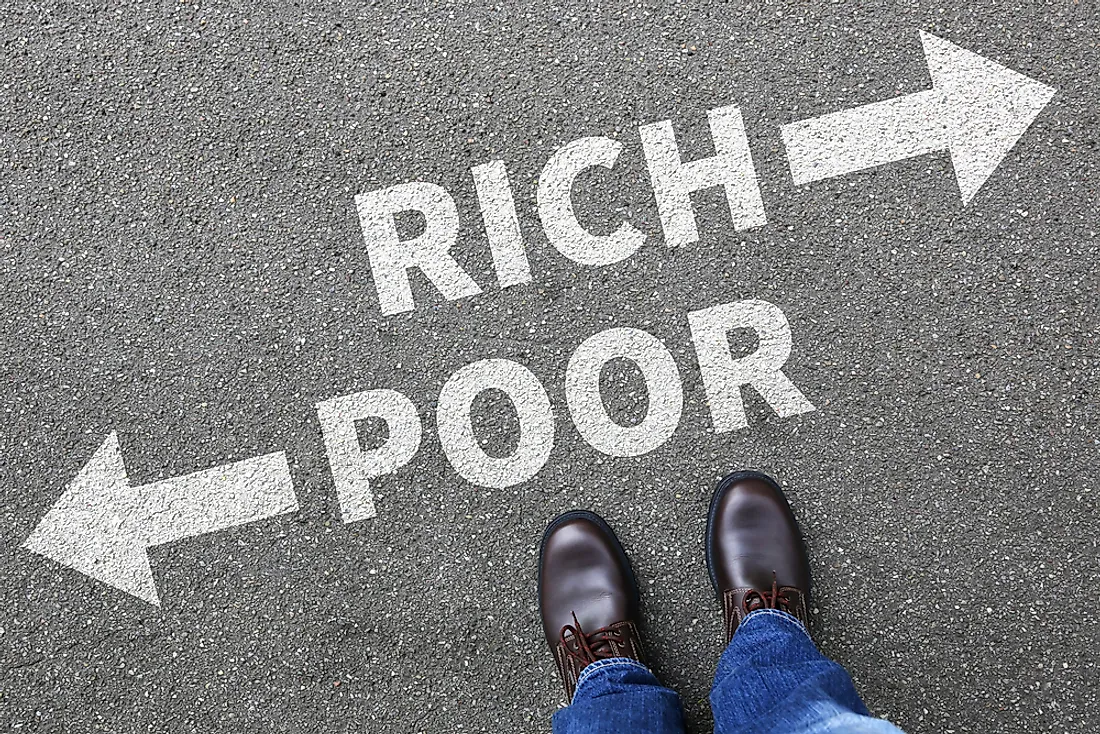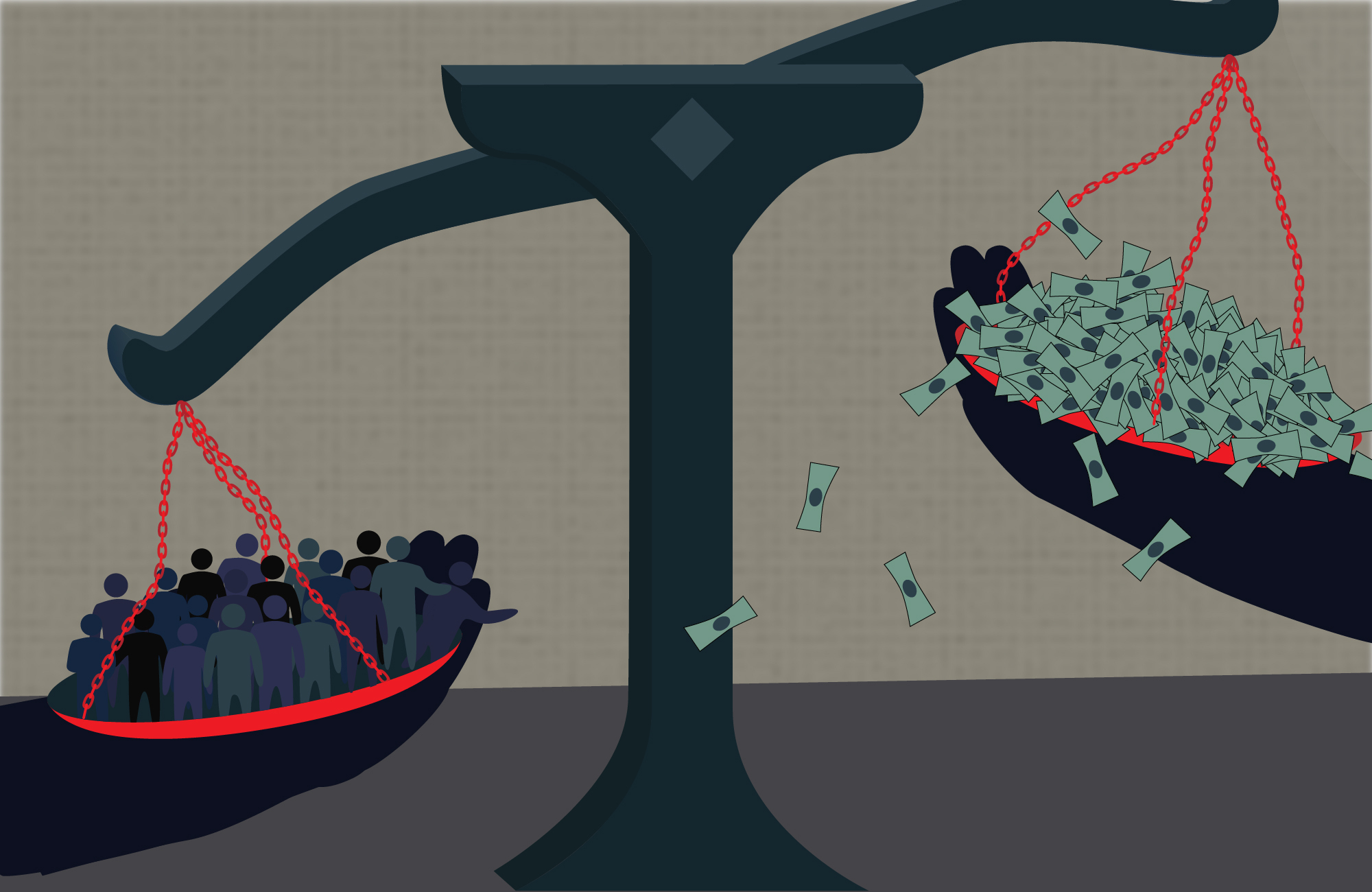The poverty line is a critical concept that impacts millions of lives worldwide. It serves as a benchmark to determine the minimum level of income necessary to secure the basic necessities of life, including food, shelter, and clothing. Understanding the poverty line is essential for policymakers, researchers, and society at large, as it guides economic decisions and social programs aimed at alleviating poverty. In this comprehensive article, we will explore the poverty line, its definitions, calculations, and implications on various socio-economic factors.
The poverty line is not just a statistic; it represents the struggles of individuals and families living below the threshold. This article aims to shed light on the complexities surrounding the poverty line, including its influences on government policies, economic growth, and social justice. With a global perspective, we will examine how different countries define and measure poverty and the challenges they face in addressing this pressing issue.
Through a detailed analysis, we aim to provide readers with a thorough understanding of the poverty line, its significance in today's world, and the urgent need for effective strategies to combat poverty. By the end of this article, you will have a clearer picture of what the poverty line means and why it matters.
- Julia Sweeney A Comprehensive Look At Her Life And Career
- Luke Graham The Rising Star In The World Of Music
Table of Contents
- 1. Definition of Poverty Line
- 2. Importance of the Poverty Line
- 3. How is the Poverty Line Calculated?
- 4. Global Perspectives on Poverty Line
- 5. Impact of Poverty Line on Society
- 6. Challenges in Measuring Poverty
- 7. Solutions to Combat Poverty
- 8. Conclusion
1. Definition of Poverty Line
The poverty line is defined as the minimum level of income deemed adequate in a particular country. It varies from one nation to another, reflecting the local cost of living and economic conditions. The poverty line can be expressed in absolute or relative terms:
- Absolute Poverty Line: This is a fixed threshold that measures the minimum income required to meet basic needs.
- Relative Poverty Line: This measures income in relation to the wider distribution of income in a society, often set at a percentage of the median income.
Understanding these definitions is crucial as they influence how governments and organizations allocate resources and develop strategies to address poverty.
2. Importance of the Poverty Line
The poverty line plays a vital role in shaping economic policies and social programs. Its importance can be highlighted through the following points:
- Kylie Kids A Comprehensive Look Into The Lives Of Kylie Jenners Children
- Tony Hawk Skateboard The Legend Of Skateboarding
- Policy Development: Governments use the poverty line to design welfare programs and allocate funds to help those in need.
- Social Justice: It raises awareness about social inequalities and drives initiatives aimed at reducing disparities.
- Research and Analysis: Researchers rely on poverty line data to study economic trends and the effectiveness of poverty alleviation programs.
3. How is the Poverty Line Calculated?
The calculation of the poverty line involves several steps, and the methods can vary significantly across countries:
3.1 Cost of Basic Needs Approach
This approach estimates the cost of a basket of goods and services necessary for a basic standard of living. It typically includes:
- Food items to meet nutritional needs
- Housing costs
- Healthcare expenses
- Transportation and education costs
3.2 Income-Based Approach
Some countries define the poverty line based on income levels, determining a threshold that is often adjusted annually based on inflation and changes in the cost of living.
Regardless of the method used, it is crucial for the poverty line to reflect the economic realities of the population it serves.
4. Global Perspectives on Poverty Line
Different countries have unique methods for defining and measuring the poverty line. Here are some examples:
- United States: The U.S. Census Bureau calculates the poverty line based on the cost of a minimum food diet multiplied by three.
- India: The poverty line is defined based on the consumption expenditure required to meet basic needs, with variations across rural and urban areas.
- World Bank: The World Bank sets an international poverty line, currently at $1.90 a day, which helps compare poverty across different countries.
Understanding these variations is essential for global cooperation and effective poverty alleviation strategies.
5. Impact of Poverty Line on Society
The poverty line has significant implications for various aspects of society:
- Economic Growth: High poverty rates can hinder economic growth by limiting consumer spending and reducing overall productivity.
- Health Outcomes: Individuals below the poverty line often lack access to basic healthcare, leading to poor health outcomes and increased mortality rates.
- Education: Children from low-income families face barriers to education, perpetuating the cycle of poverty.
6. Challenges in Measuring Poverty
While the poverty line is a valuable tool, measuring poverty presents numerous challenges:
- Data Collection: In many countries, reliable data on income and living conditions is scarce, making accurate measurement difficult.
- Inflation and Cost of Living Variations: Changes in economic conditions can rapidly alter the effectiveness of the poverty line.
- Subjectivity: Different definitions of basic needs can lead to discrepancies in poverty measurement.
7. Solutions to Combat Poverty
Addressing poverty requires a multifaceted approach, including:
- Economic Policies: Governments should implement policies aimed at job creation and fair wages.
- Education and Training: Providing access to quality education and vocational training can empower individuals to lift themselves out of poverty.
- Social Safety Nets: Strengthening social welfare programs can provide immediate relief to those in need.
8. Conclusion
In conclusion, the poverty line is a crucial indicator that highlights the extent of poverty and informs policies aimed at alleviating it. Understanding its implications can lead to more effective strategies to combat poverty and improve the quality of life for millions. It is essential for policymakers, researchers, and society as a whole to engage in discussions and actions that address this pressing issue. We encourage you to share your thoughts in the comments below and explore more articles on this important topic.
Thank you for reading! We hope you found this article informative and engaging. Don't hesitate to return for more insights on relevant social and economic issues.
- Understanding Jean Luc Brunel The Controversial Figure In The Fashion Industry
- Exploring The Musical Journey Of 702 Singer Irish Grinstead


